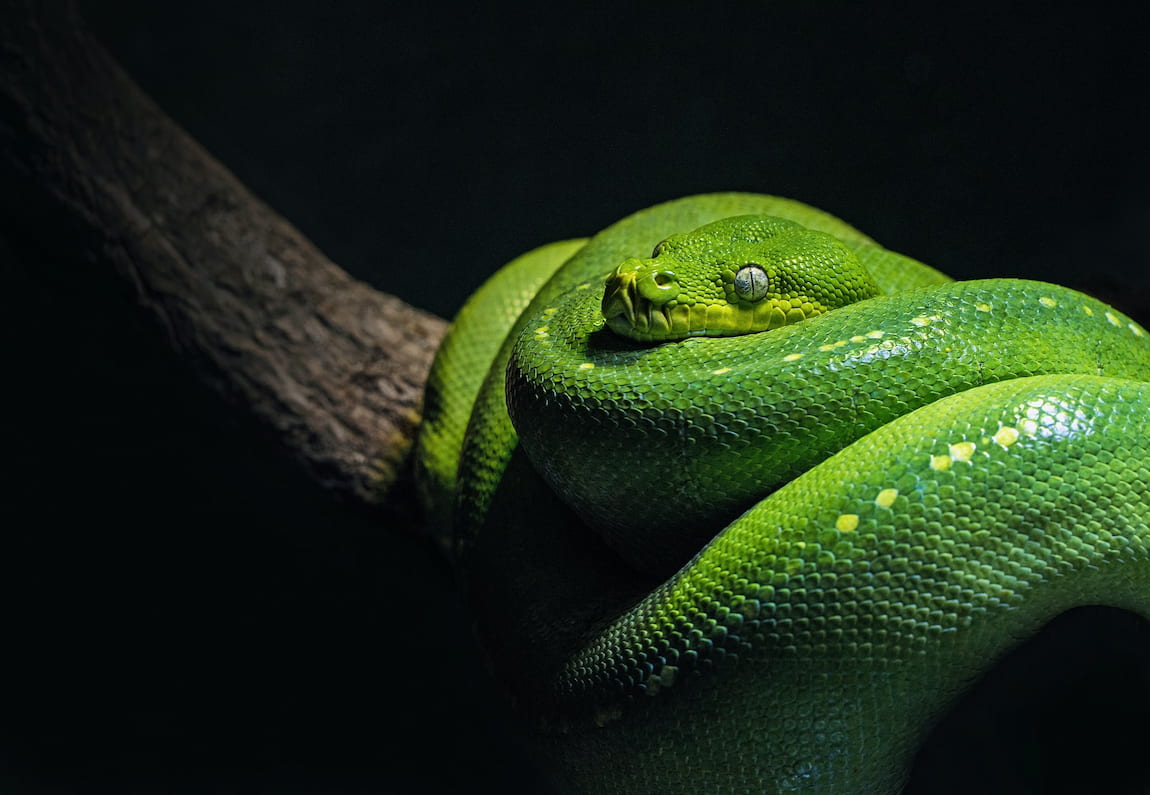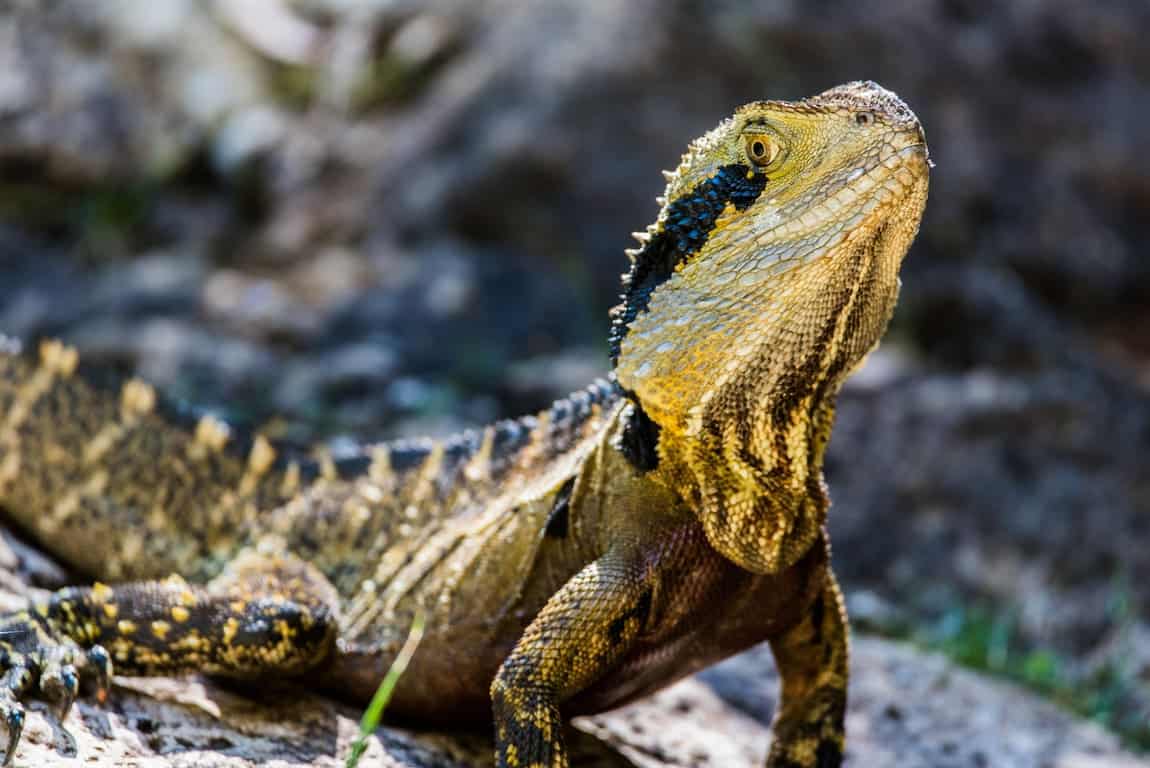Snakes are fascinating, mysterious creatures. If you’ve ever wondered where they sleep, what they do when they’re asleep, or why it’s important for them to sleep – then continue reading.
Snakes have a natural ability to adapt to their surroundings, which includes adapting to their environment when it comes to sleep. In this blog article, we will explore how long snakes sleep and various factors that influence this behavior.
How Long Do Snakes Sleep?
The amount of time that a snake sleeps during the day differs for each species. For example, some snakes may sleep as long as three hours while others may only need to sleep for 10 minutes at a time. Sleep is important for their survival because it allows them to conserve energy.
Snakes are opportunistic predators, so they need to be ready to attack at a moment’s notice. That means that their sleep is much different than you might think.
All snakes need to sleep, but they do it in various ways. Some will sleep for a long period of time and then awaken briefly before going back to sleep. Other snakes (such as boas and corals) have a more sporadic pattern, arising from slumber every few minutes.
Others have a torpor-like state during the day when they don’t move or eat because of their cold-blooded nature, or because they’re digesting a recent meal.
When Do Snakes Normally Sleep?
The general consensus is that snakes sleep most deeply when they brumate during the winter or during periods of inactivity. Other times when they sleep, it’s characterized more along the lines of a light nap, as opposed to a deep sleep.
There is no scientific consensus on how long snakes sleep each day. The amount of sleep a snake gets differs among different species (some sleep longer than others), but we know that the vast majority of snakes’ sleeping patterns can be characterized as either nocturnal or diurnal.
That might come across as confusing, but this is owed directly to the opportunistic nature of the snakes’ hunting and feeding pattern. Essentially, their sleep is determined by their hunting.
Do Snakes Sleep with Their Eyes Open?
Snakes do need to remain alert to catch food and avoid predators whenever possible, but that doesn’t mean they sleep with their eyes open.
In fact, snakes don’t have eyelids in the same sense that humans do, but they do have what are referred to as, “brille,” which protect their eyes from things such as dirt, dust, and sand. Their brille don’t function in the same way as human eyelids do though – they can still see through them.
So, in a way, snakes do sleep with their eyes open.
This has led scientists to believe that snakes experience what’s known as, “unihemispheric sleep,” where one half of the brain rests while the other half remains alert and ready to jump into action.
Do Snakes Hibernate?
Many snakes in areas where temperatures drop significantly during the winter months go into a torporous state to conserve energy, but this state is not referred to as hibernation – it’s known as brumation.
What Is Brumation?
Brumation is similar to hibernation in that the animal goes into a state of lower activity. Their heart rate, body temperature, and respiratory rates drop significantly to conserve energy.
Brumating animals differ from hibernating animals because brumating animals awaken to find food and water even during the cold months, while hibernating animals tend to remain completely asleep throughout the cold periods.
Generally, brumation refers to cold-blooded animals, and hibernation refers mostly to warm-blooded mammals.
Do Snakes Dream?
It’s unknown whether or not snakes dream, but it is agreed upon that snakes experience two different types of sleep – SWS and REM. The former type of sleep is called slow-wave sleep, where the snake is in a deep state of rest.
The latter is known as rapid eye movement. This stage of sleep is known in humans to be the period during which dreams occur. Since snakes experience REM sleep, you can assume that they might also experience dreams, but we’ll never know for sure.
How to Tell If a Snake Is Asleep
Whether you have a pet snake or come across one in the wild, it can be helpful to be able to tell if it’s asleep.
Since snakes don’t have eyelids, it’s difficult to tell whether or not they’re asleep, but there are still some signs you should look out for as indicators.
The first obvious indicator is, if you don’t see it, it’s probably asleep. Snakes might be intimidating to you, but they’re also living in a state of survival and have to deal with predators of their own. That means that when a snake sleeps, they will almost always do so in a highly secluded and safe place.
If you have a pet snake, some common signs to look for include slow breathing or heart rate, relaxed muscles, and general lack of awareness.
How to Set up Your Snake’s Sleeping Area
Snakes like to feel safe when they’re sleeping – otherwise they simply won’t sleep. To make sure your snake feels comfortable enough to sleep, make sure its area is large enough, and give it a place to either burrow or a hollow place for it to hide while it sleeps.
Conclusion
As you’ve discovered in this article, snakes may sleep for as little as a few minutes, or a few hours at a time due to the opportunistic nature of their hunting patterns, but they sleep most during brumation. They prefer the safety of burrows, high tree branches, and caves, depending on the species.





